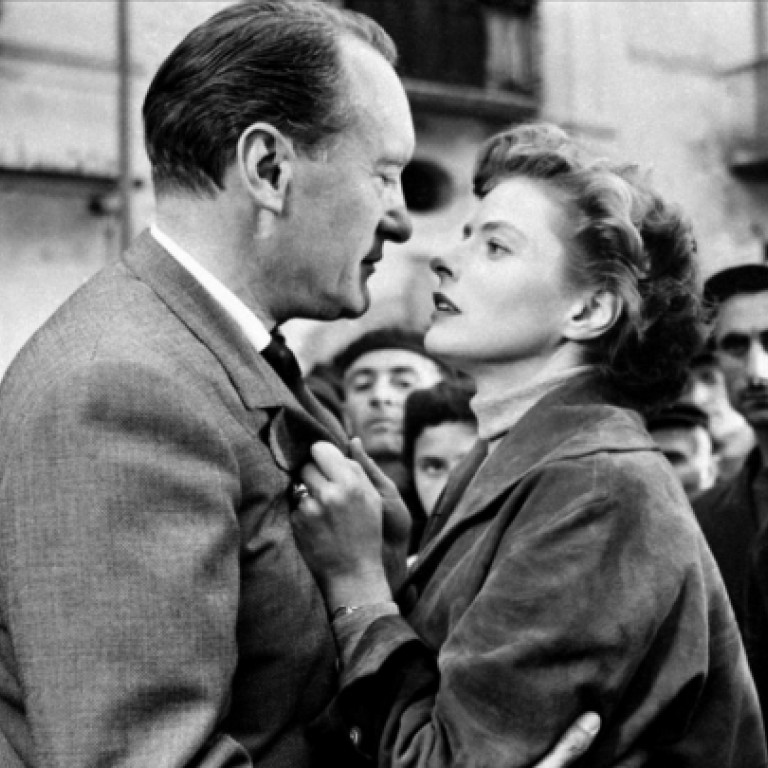
Art house: Rossellini classic defies the years
Paul Fonoroff
Neo-realism meets Hollywood in this highly influential 1954 drama by Roberto Rossellini that the British Film Institute ranks among the greatest cinematic works of all time.
Lauded upon its initial release by film journal , many of whose critics went on to unleash France's New Wave, it is a fascinating work that has retained a quirky freshness that defies the passage of almost 60 years.
The director of earthy classics such as (1945) and (1946), Rossellini took a different path in detailing 's anti-romantic sojourn in Naples by a bored, bourgeois British couple whose eight-year marriage is on the verge of collapse.
The mainly English dialogue, delivered by two Oscar-winning leads on hiatus from Hollywood, gives the proceedings an invigorating "fish out of water" perspective.
The duo at its centre is Alex and Katherine Joyce (George Sanders and Ingrid Bergman), a husband and wife pair who have co-existed for years on their home turf in London with little meaningful interaction. It is a situation that radically changes when the sale of a bequeathed Neapolitan villa forces them to experience life in each other's company away from familiar surroundings.
The scenario, co-authored by Rossellini (with Vitaliano Brancati) and loosely based on Colette's 1934 novel , offers few piercing insights, and the acting by the stellar duo doesn't surpass their Academy Award-recognised efforts in (1950) and (1944). It's something else entirely that makes the film so compelling.
By taking this Hollywood-style subject matter and giving it a most un-Hollywood treatment, Rossellini imbues with a quality that could never have been achieved in the physical and spiritual confines of a Los Angeles studio.
The proceedings are shot entirely using real locations; the venues range from the inherited abode with its views of Mount Vesuvius, to the isle of Capri and the streets of Naples.
It never comes across as a travelogue because the director endows each locale with an underlying motivation that ties in with the principals' psyches. Even Katherine's incessant sightseeing highlights yet another hobby the Joyces do not have in common.
Despite the inherent theatricality of the material, Rossellini invests a sense of authenticity almost nonexistent in the era's many matrimonial movies.
The way Alex picks up a prostitute highlights a straightforwardness that would have been censored across the Atlantic. Similarly, the portrait of mortality presented inside the catacombs of Naples' Fontanelle Cemetery, and amid the Pompeiian ruins, would have been considered too unvarnished for mainstream Anglo-American receptivity.
Such sequences have ensured that this movie has aged well thematically and technically. In hindsight, the script's connubial alienation echoes what was then transpiring between the director and his leading lady, whose relationship was also approaching a fateful junction.
Journey to Italy

